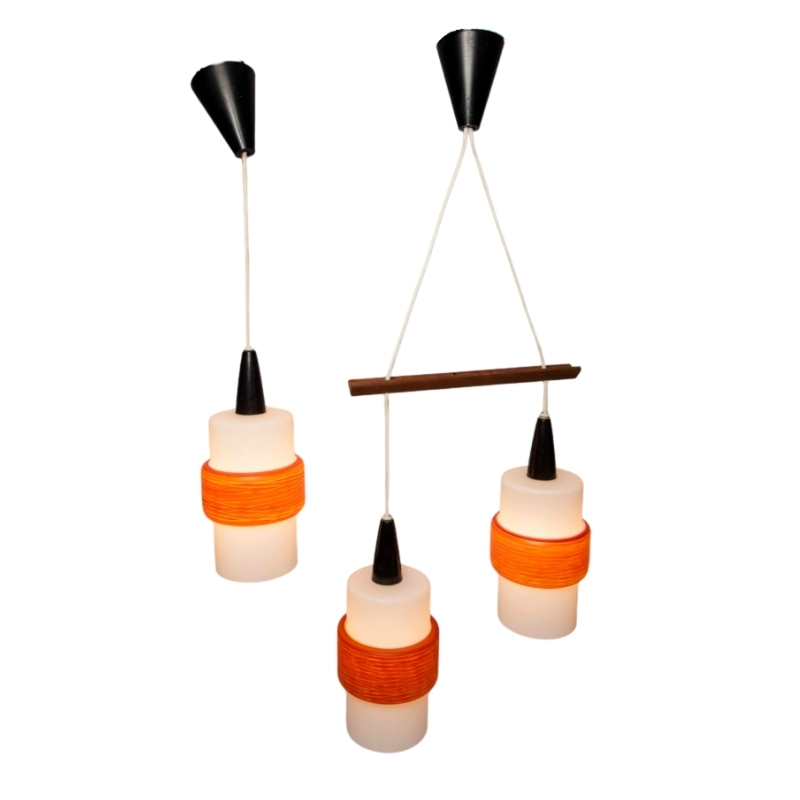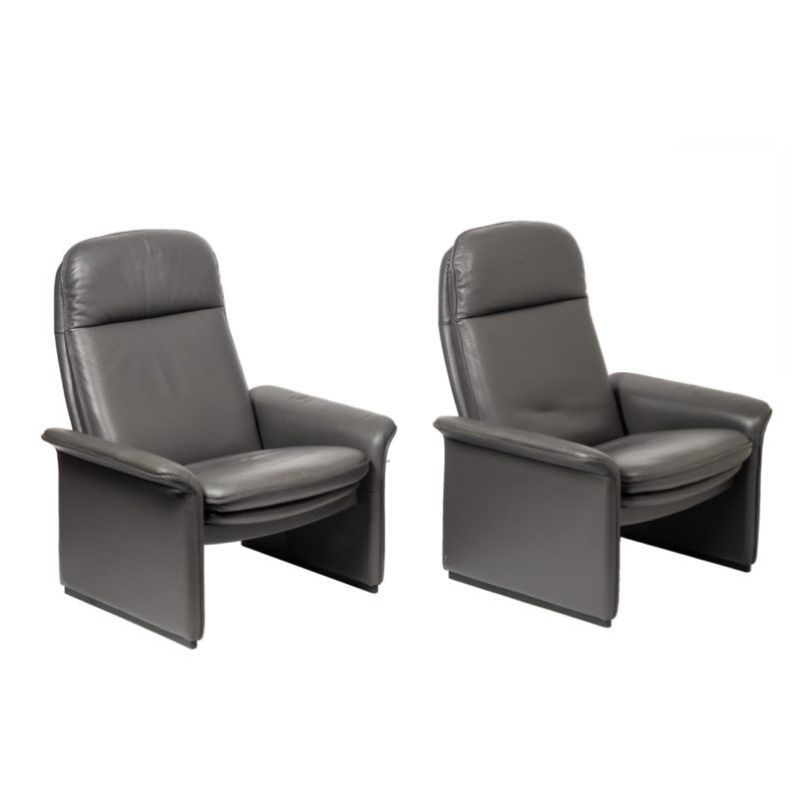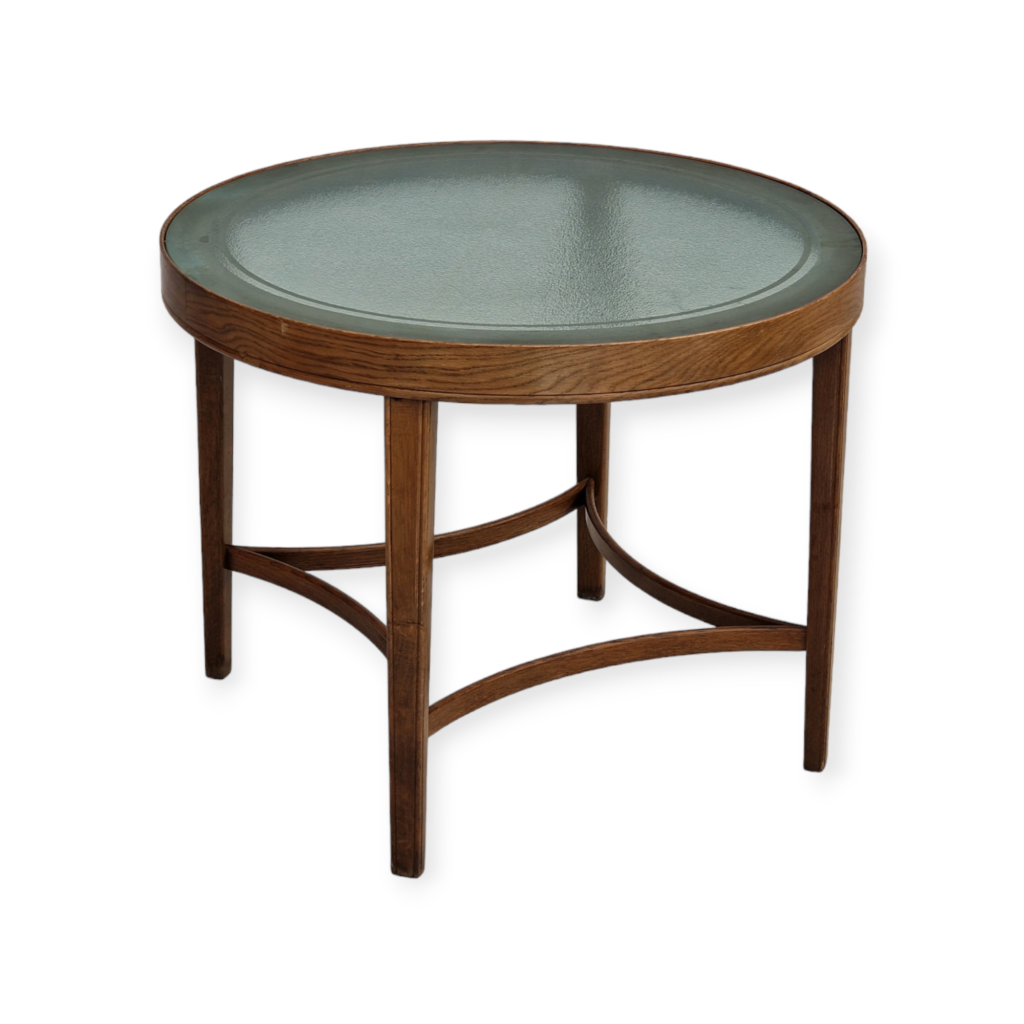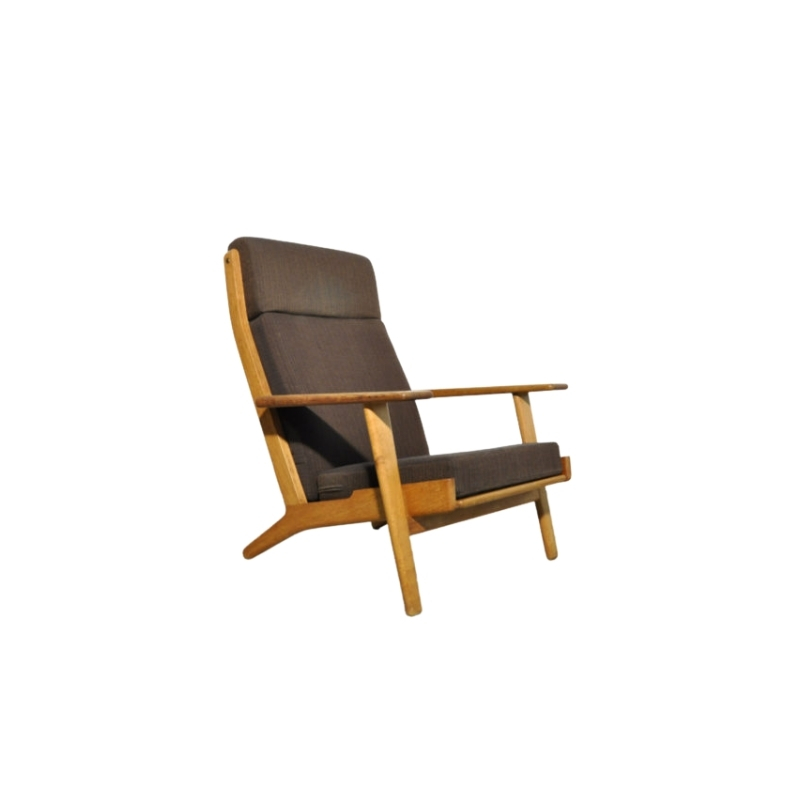I received this from a auction house and i am sorry to
say i just do not get George Nakashimas work,
some of his wood goods i like, as there was a excellent article on him in Metropolis magazine last month but this piece
hold on to your hats is valued at $80,000 to $120.000 at auction I would love to hear someones honest opion of his work.
If you like
funky burl I guess this is a prize. Not his most attractive piece, to me. But his work is well made (as I understand it) and he was an artist-craftsman, for sure. He collected and used special pieces of wood, directing their cutting from the bole. The base design is original to him.
But 80-120 K ? Not for me. That's the result of the hype. Dealers know how to milk "charisma" I guess. . .
Nakashima's not my thing but
I do understand why some (many) people consider his stuff the bee's knees.
I think of him in largely the same way i think about Frank Lloyd Wright and Frank Gearey.....supremely talented, visionary, far-out and occasionally bizarre, but surprisingly not commercial.
Some of the better designers had the habit of stepping off the escalator of reasonableness and diving head-first into the ole Twilight Zone.
Call me a traditionlist, but many designs from the above three (and add Kagan too) are a bit too much for my tastes.
Gimme a Flo Knoll sofa and perhaps a Noguchi table in front of it, but not a Nakashima hand made table with those spiney legs. No uncomfortable FLR furniture or those silly Gearey cardboard creations, either.
Ho hum....we'll see Nakashima, Frank Lloyd Wright, Vlad Kagan and Frank Gearey in the museum (or funny papers).
Not Easy
Hey LRF, I'm glad you brought this up. Nakashima certainly isnt easy, I think, because there is so much unseen that goes into his work, yet visually it is so simple that it seems effortless.
For starters, the sheer dollar number stems a lot from the fact that each of his freeform tables/benches/stools are one of a kind. A Barcelona chair, where an original can fetch thousands, is still a production piece. What Nakashima put into his work was intense focus and meditation not only on the piece he was making, but who he was making it for. Most of his one-off pieces were constructed for specific clientelle, and he would bring them into the studio, show them the pieces, let the wood talk to the different clients before he began constructing the piece.
In the materiality of his work you can see a true expression of the mid-century staple of 'honesty of materials'. Nakashima expressed that in a very litteral sense. The butterfly joints that he has become famous for are structurally significant in that they hold a piece of wood together on a seam or a crack. But visually they highlight the flaws - and Nakashima's belief that the wood be seen as it was - cracks, seams and all. He didnt force the wood into something it wasnt.
Also, what Nakashima produced was essentially handcraft from start to finish. For the wood the process of going from tree to chair was long - harvested by hand, milled, air dryed and stacked in the same sequence in which it was cut. The furniture wasnt made in a giant mill - he had a small intimate studio in Pennsylvania (which his daughter now runs). Even the 'production' pieces were made in small quantities over the years. [There's a great article in the March Metropolis that talks a lot about his process. I think some of his original craftsmen still work in the studio]
As for his design, again - simplicity of form, born out of meditation on the materials, the functionality. The combination of styles Nakashima draws from: traditional Japanese woodworking, and Shaker, are both rooted in simplicity. The act of making the piece is equal in importance to the finished piece. The interaction between craftsman and material is a dialogue - nothing should be forced. Its a very Zen approach, trying to do without doing. There is an apropo proverb from the Tao Te Ching which, I think, eloquently describes Nakashima's relationships with his pieces:
"He simply reminds them
of who they have always been."
both lucifersum and heath ...
both lucifersum and heath make good points
i think what Heath says is really true about seeing some bad piece of wood, with one thinking he has a
Nakashima in his living room. and you know that happens all the time,
I have only seen 1 real Nakashima and to be honest with every one it was really beautiful, almost perfect, and hard to belive that a timber could be so perfect, very organic and of course it was sitting in a Bruce Goff home. but overall I am still not a fan,
I do accept that these are one of a kind and Lucifersum did say they are not production pieces, so that counts for something that every piece is a original, like a Picasso, Chagall,
I am amazed cause I looked on Google and saw that one of his tables went for $144,000 US dollars, at the Wright gallery in Chicago and in the article it says that Richard Wright is his biggest fan, some type of record going for this guy, i don't think a original Mies, would sell for that. We know none of the Eames prototypes, brings that kinda a money and we know that George Nelson
Whirly bird clock brought $15,000 pennies compared to a Nakashima table.
According to Metropolis magazine his daughter Mira Nakashima 63 years old moved back to New Hope Pennsylvania to make furniture in her dads studio which she still runs today, but has 100s of his flat wood panels just waiting t o be made up.
This message has no title
I don't think photos do his things justice, much of their appeal is tactile, and they need to be seen up close to be appreciated.
One shouldn't judge his furniture in relation to the high-falutin prices they now fetch-- since most pieces are one-of-a-kind, they enter into the realm of "Art", where absurd auction prices naturally beget even higher, more absurd auction prices.
The prices inspire exclamation marks, so one tends to fault the furniture because it AIN'T about exclamation marks.
Thank you Lucifer....
Thank you Lucifer.
"furniture such as Nakashima's, where the whole point is to let the wood
itself dictate the form. Nakashima is most forceful when he inveighs against
design as it is usually thought of, the expression of a personal idea."
-John Kelsey
..."wood is a product of nature, of something beyond man, a gift we should
treasure and use in the most logical and beautiful way, and personal
expression is quite illegitimate. It's an arrogant conceit, and we have too much conceit in our society."
-Nakashima 1979 jan/feb Fine Woodworking
This is design addict after all. Best to attempt to understand it, past and present.
Much more interesting to embrace it, learn from it.
Flippant disregard is cold and unacceptable.
The prices realized should re...
The prices realized should really have little to do with your assessment of quality. If the Nakashima table was only estimated to fetch $1500 to $2000, would you consider it differently? I understand the pricey disdain, LRF, but to be fair that is probably not a very reasonable point of departure in a rendering of aesthetic judgement.
My experience as well is that photographs do not do these pieces justice. And the auction houses spend down to the last letter considerably more time and money photographing these lots than almost any others.
But even the camera in the best hands cannot come close to communicating in total the true essence of such creations. LuciferSum, et al, said it much better. To see a work by Nakashima in person, to be directly engaged with it, one almost cannot help - if one is breathing at all - but feel an astounding presence, most words that might try to describe it not fit for the page.
May I draw your attention once more to a recent Nakashima show?
Today's price tags aside, it is what it is.
Thanks to all for an enlightening discussion.
http://artschool.cfa.cmu.edu/~nakashimarevealed/
As price wants to factor...
As price wants to factor here, I think it might be good to note - putting this in a little better perspective - that the estimate for this particular Nakashima table is at the very high end of the cost spectrum, and this price does not represent the prices of the majority of Nakashima produced furniture. Not that the prices aren't high - and getting higher - but it should be said that most of the pieces that come to auction sell in the 5000 - 15000 range. The burl oak tables, such as the one LRF shows here, are exceedingly rare and exceedingly desired, a very good combination for the auction house, no doubt. Like SDR, I'm not terribly fond of the highly figured woods either. As an active member of the mass production society, sadly I can't seem to view photos of these remarkable examples without seeing those hideous wall clocks drenched in high gloss poly one tends to find almost everywhere. But if the person here though who ends up winning this particular table has a more pedestrian Nakashima table in a much less desirable wood (walnut is okay) they will now need to get rid of on the cheap ...
Excellent point, Hudsonhonu
"sadly I can't seem to view these remarkable examples without seeing those hideous wall clocks drenched in poly one tends to find almost everywhere"
We've all encountered those nasty clocks & decoupaged wall plaques, fewer of us have seen a piece of Nakashima furniture in the flesh, so we transpose the impression.
I held a similar prejudice against Tiffany stained glass for most of my life, having grown up in an environment where molded plastic versions were common. I was startled the first time I saw a real Tiffany lamp-- non-icky, verging on beautiful!
If you need any help, please contact us at – info@designaddict.com









